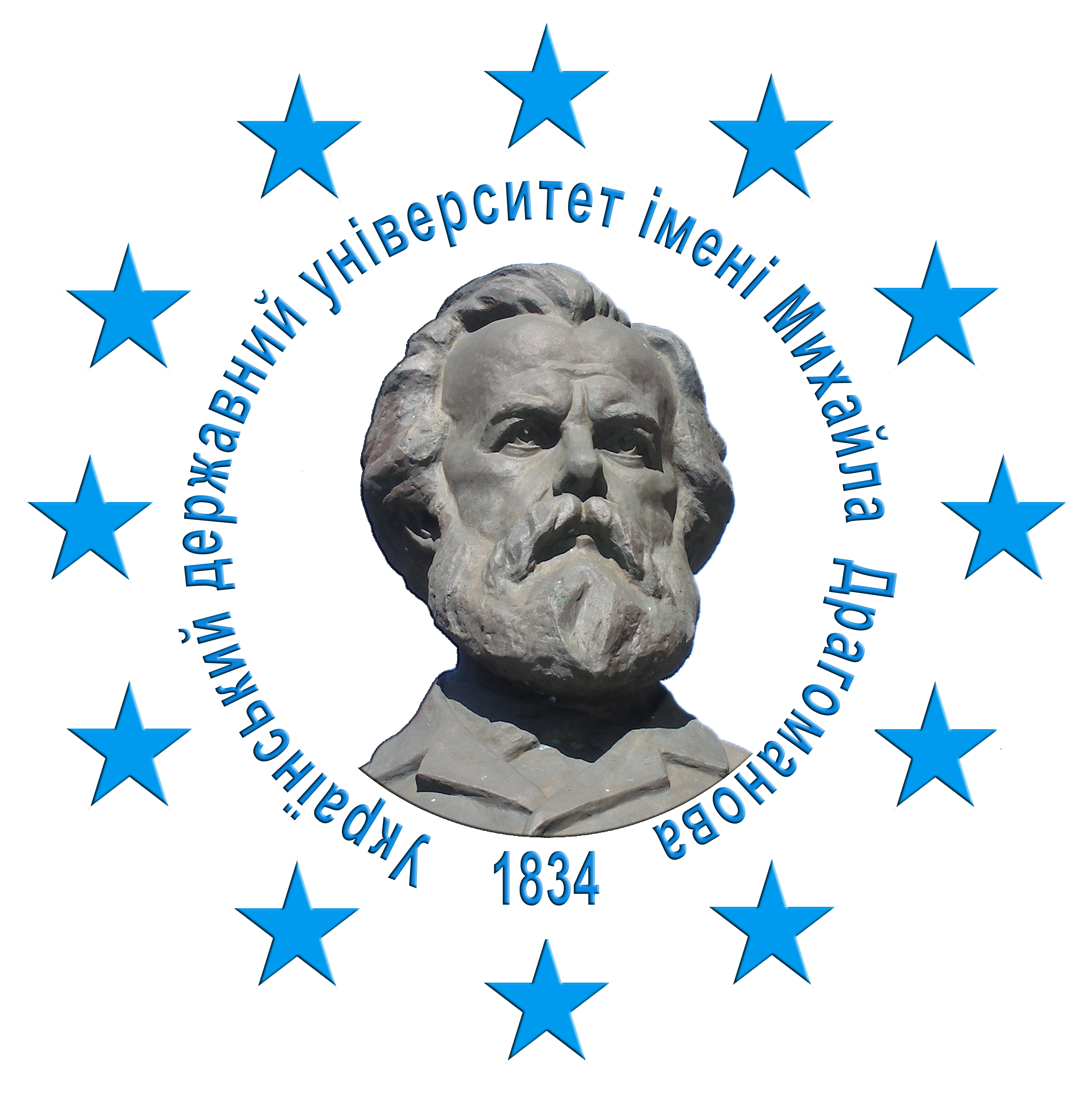THE PHENOMENON OF SPORTS: FROM POPULAR CULTURE TO MASS CULTURE
DOI:
https://doi.org/10.31392/cult.alm.2023.3.26Keywords:
popular culture, mass culture, leisure, sportAbstract
Today, most societies recognize sport and its cultural, economic, and political significance. The connection between sports and social realities, events and problems is increasingly emphasized. Sports have been a key feature of society since ancient times, exemplified by the Olympic Games of ancient Greece and the Roman era of gladiatorial and other competitions, through medieval folk games that survived the limitations of the “Christian era” and eventually took on a form more familiar to us in the modern world. after the Enlightenment. As the Industrial Revolution spread, sports and games became rationalized and organized in Northern Europe and exported around the world by European colonizers and missionaries throughout the twentieth century. While the experience and organization of sport varies across time and place, reflecting and creating cultural practices, the increasing scale of globalization means that the structure and culture of dominant achievementoriented, rule-governed forms of sport are becoming increasingly similar around the world. , while at the same time new forms of sports and sports subcultures emerged and spread. This applies not only to the participants but also to the spectators, as the emergence of mega-sporting events such as the various World Cups and other commercial sporting events attract significant attention worldwide and create a multi-billion dollar market. One result of media coverage is that major teams and individual athletes have become global celebrities. Mass culture with its methods of spreading certain practices has partly turned sport into a commodity (commodification of sport). That is, it became a means or a tool of economic or political structures. It is often used as a “Bakhtinian carnival”: sport becomes a tool of restraint or an opportunity to manipulate the views of a large number of people (supporters, spectators), blurring the lines between the concepts of “good” and “evil”. Something similar was described by Stephen King in his fantasy novel “The Running Man”, where the odious host expressed an opinion about a popular game show: “you need people sitting in front of the TV, not going to demonstrations”. In today’s media-free society, sport is a large part of everyday life and is often an integral part of the individual, family, work and personal relationships, and permeates society to the point of political interdependence. Sporting events play an important role in political relations within and between countries. Political leaders around the world use sport to enhance their own popularity, and most countries around the world have at some stage used sporting events to enhance their status in global political relations, with varying consequences for participants and spectators. It is also an element of mass culture, or as John Storey notes, “ideology of mass culture” (ideological forms, politics of meaning).
References
Безугла, Р. (2010). Масова та популярна культура: проблема співвідношення понять. Культура і сучасність: альманах. Київ: Міленіум, № 2. С. 86–91.
Берк, П. (2001). Популярна культура в ранньомодерній Європі. Український центр культурних досліджень; Ін-т культурної політики. Київ: УЦКД. 376 с.
Культура масова і популярна: теорії та практики (2007). Ін-т філософії ім. Г. С. Сковороди НАН України. Київ. 124 с.
Сторі Джон. (2005). Теорія культури та масова культура. Вступний курс. Київ: Вид-во «Акта». 357 с.
Burke, P. (1995). The Invention of Leisure in Early Modern Europe. Past & Present, 146, 136–150.
Cronin, Mike (2014). Sport: A Very Short Introduction. Oxford: Oxford University Press. 160 р.
Gans H. (1985). American Popular Culture and high Culture in a Changing Class Structure // Prospects: An Annual of American Cultural Studies. Cambridge. Vol. 10. P. 4.
Hansen Jan … (eds) (2023), The European Experience: A Multi-Perspective History of Modern Europe. Cambridge, UK: Open Book Publishers. 994 р.
Macdonald, Dwight (1953). A Theory of Mass Culture. Diogenes 1 (3):1–17.
Markula-Denison, Pirkko & Pringle, Richard (2006). Foucault, Sport and Exercise: Power, Knowledge and Transforming the Self. Routledge. 254 p.
Martschukat, J. (2021). The Age of Fitness (1st ed.). Wiley. 220 p.
McClelland, John and Brian Merrilees, eds (2009). Sport and Culture in Early Modern Europe / Le Sport dans la Civilisation de l’Europe Pré-Moderne (Toronto: Centre for Reformation and Renaissance Studies. 436 рр.
McQuail D. (1994). Mass Communication and Public Interest: Towards Social Theory for Media Structure and Performance. In: Cmwley D., Mitehell D. Communication Theory Today. Polity Press. P. 241–254.
Pelz, W. A. (2016). A People’s History of Modern Europe. Pluto Press. 256 p.
Veblen, Thorstein (2009). The Theory of the Leisure Class. OUP Catalogue, Oxford University Press.








